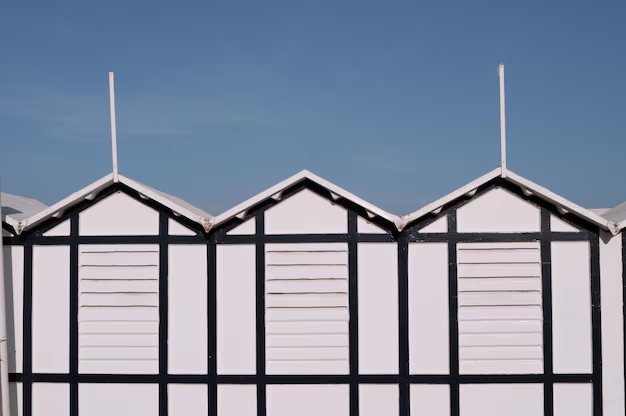Finding the Easiest Roof Solution for Your Porch
Transforming your porch into an inviting outdoor space can be as simple as adding a well-constructed roof. When considering the simplest roof to cover a porch, you’ll want to focus on ease of installation, cost-effectiveness, and aesthetic appeal. Let’s dive into the options that strike a balance between functionality and style.
Simplest Roof Types for Porch Covering
**1. **Shed Roof: This single-pitched roof design is arguably the easiest to install. It requires minimal framing and offers effective water drainage, making it an ideal choice for porches with residential siding. The straightforward design usually consists of one slope falling away from the house, which can be constructed with cost-effective materials like metal or asphalt shingles.
**2. **Flat Roof: While slightly more complex due to waterproofing needs, a flat roof offers a modern aesthetic and an easy installation process. Using materials like rubber roofing (EPDM) or fiberglass can simplify the project further. Flat roofs are particularly suitable for homes in warmer climates since they don’t encourage snow accumulation.
**3. **Gabled Roof: Though slightly more complex than shed roofs, gabled roofs create an elegant triangular shape that easily sheds water and snow. They are popular for their classic look and can cover larger porches. With basic carpentry skills, a gabled roof can be a rewarding DIY project.
Steps to Successfully Install a Porch Roof
Plan the Structure: Determine your roof span based on the porch dimensions. Consider local building codes and permits, which will shape key aspects like load support and materials.
Choose Materials: For simplicity, opt for lightweight materials like corrugated metal or polycarbonate sheets, which are easy to handle and install. Match the material to your home’s aesthetic and climate requirements.
Gather Tools and Assistance: Essential tools include a saw, drill, measuring tape, and level. Enlist a family member or friend to assist with the lifting and aligning of materials.
Follow Installation Guidelines: Adhere strictly to safety regulations and manufacturer instructions. The process generally starts with framing the roof using treated lumber, followed by the installation of roofing panels.
Finish with Precision: Seal the edges properly to prevent water leakage, and inspect your work to ensure stability and durability.
Exploring Resources for Cost-Effective Home Improvements
Covering a porch can be a budget-friendly undertaking with the right strategy. For those concerned about expenses, let's delve into a few resources that can ease the financial burden.
Government and Financial Resources
🏢 Government Aid Programs: Look into local housing initiatives or energy-saving grants that can cover part of your roofing costs. Programs like the Weatherization Assistance Program may offer support.
💳 Credit Card Solutions: Certain credit cards offer cashback or rewards on home improvement purchases. Utilize these for material purchases to gain some financial benefits.
💸 Home Improvement Loans: Consider small personal loans tailored for home improvements. These can offer low-interest rates and flexible terms to fund your porch cover project.
📚 Educational Grants: For DIY enthusiasts, certain workshops and courses may offer free or subsidized training programs on carpentry or roofing installation.
Professional consultations with a financial advisor can reveal additional opportunities tailored to your personal situation. Also, engaging with community forums can provide anecdotal advice and pooled resources from local homeowners.
Constructing the simplest roof for your porch doesn’t have to be overwhelming. With careful planning and the right support, you can enhance your living space while staying within budget. Embrace the project as both a creative and practical endeavor, improving not only your home’s curb appeal but also its functionality.
